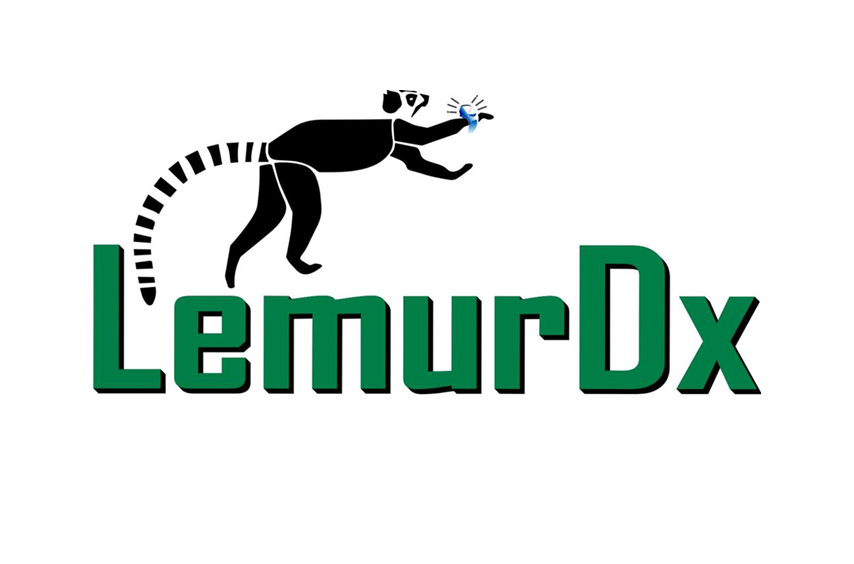Objective Measurement of Hyperactivity Using Mobile Sensing and Machine Learning: A Pilot Study

Although hyperactivity is a core symptom of ADHD, there are no objective measures that are widely used in clinical settings. We describe the development of a smartwatch application to measure hyperactivity in school-age children. The LemurDx prototype is a software system for smartwatches that uses wearable sensor technology and machine learning (ML) to measure hyperactivity, with the goal of differentiating children with ADHD combined presentation or predominantly hyperactive/impulsive presentation from children with typical levels of activity. In this pilot study, we recruited 30 children (ages 6-11) to wear the smartwatch with the LemurDx app for two days. Parents also provided activity labels for 30-minute intervals to help train the algorithm. Half the sample had ADHD combined presentation or predominantly hyperactive/impulsive presentation (n = 15) and half were healthy controls (n = 15). Results indicated high usability scores and an overall diagnostic accuracy of .89 (sensitivity = .93; specificity = .86) when the motion sensor output was paired with the activity labels, suggesting that state-of-the-art sensors and ML may provide a promising avenue for the objective measurement of hyperactivity.